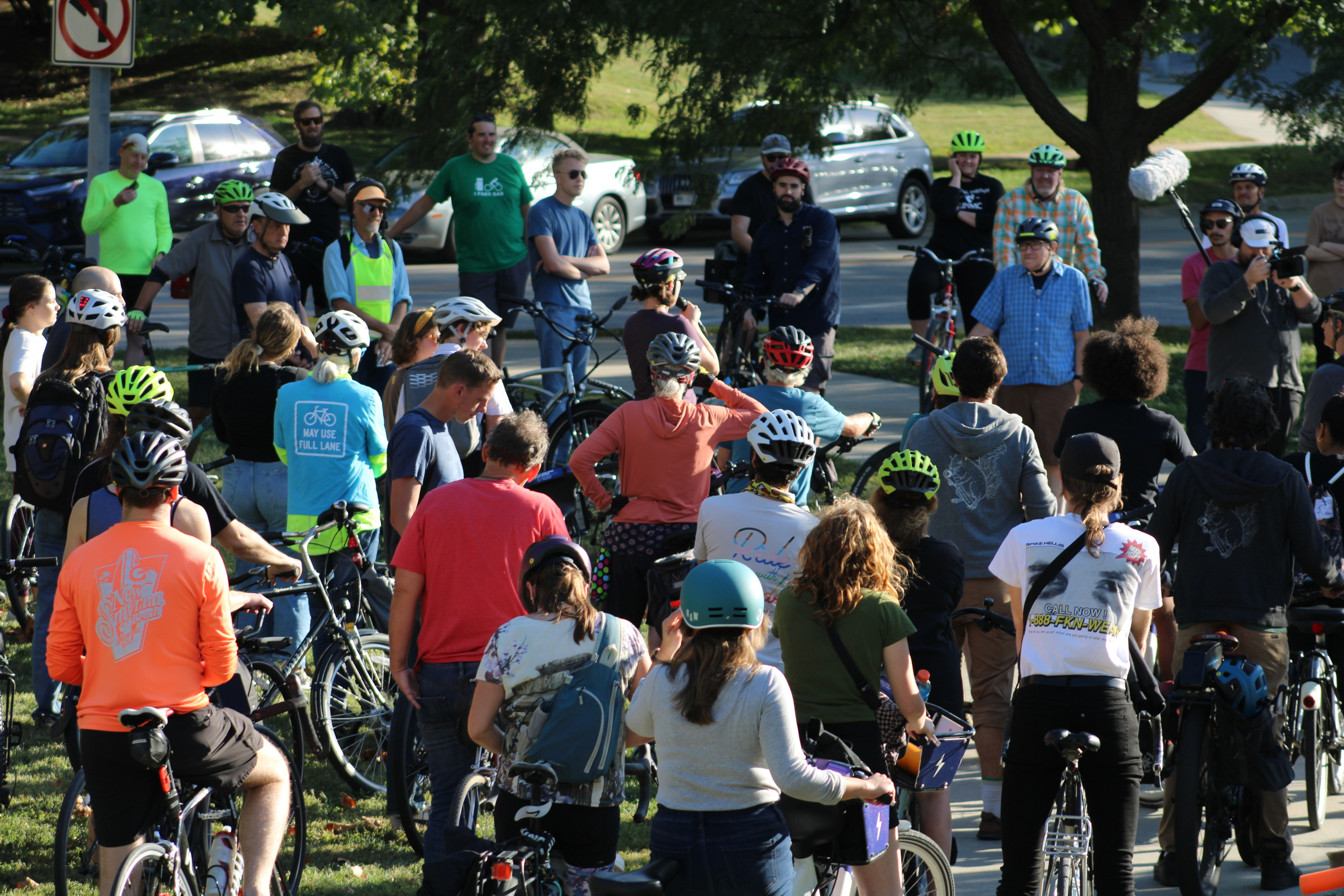
The Omaha Rapid Bus Transit (ORBT) team has been quiet as they wait for various approvals before communicating news of their design and schedule.
From all the early reports, we have cause to celebrate: not only did the ORBT team have the foresight to secure a federal grant, they also dealt with complex issues to deliver a significant improvement to Omaha’s transit network.
It Wasn’t Raining When Noah Built the Ark
Omaha is fortunate to have a Metro Transit team with the foresight to plan ahead. Bus Rapid Transit (BRT) implementations can fall into two broad categories:

Rather than wait until Omaha’s congestion floods the streets as in other major cities, the team secured in January 2015 a $15 million federal grant to implement Omaha’s BRT – which is now known as the ORBT.
The downside of this early action is that many people don’t see the need for ORBT. With a mindset that road widening can alleviate congestion and a history of growth by suburban annexation, it is assumed that we can continue with single occupancy vehicle commuting – even though it is unsustainable by every measure, including Omaha’s published master plan.
This road widening mindset is apparent in Omaha’s allocation of city funds:

So Omaha had the challenge of changing a mindset along with meeting the many requirements of a BRT. That meant working with many City Departments, local businesses, neighborhoods, and the public, each with their own views and often conflicting priorities for the use of Omaha streets and the areas surrounding the ORBT route. It also required juggling a tight budget: the federal grant pays for less than half of the project. The rest of the $30.4 million cost is paid by private entities. The City of Omaha provides in-kind donations, but no city funds(3).
Bus Rapid Transit Features
While we wait for the ORBT team to announce their final design, here is a summary of BRT features as reported in past Mode Shift blogs:
- Frequent service that encourages high ridership
- Fare Collection that allows riders to purchase their ticket before they board, making the boarding process much quicker.
- High Quality Stations with shelter from the elements and raised platforms for quick and safe boarding.
- Real Time Information so that riders waiting at the station or preparing to leave their home or place of work know when the next bus is coming.
- Priority right-of-way – A BRT has, among other things, priority lanes or queue jumping to move ahead of traffic and signal prioritization to avoid waits at intersections.
- Stations with a good walking environment and bicycle friendly infrastructure because transit rider start or finish as pedestrians or bicycle riders.
- Branding and outreach that differentiates the BRT from the regular bus lines and involves City Departments, businesses, neighborhoods, and the public with the BRT design.
ORBT Final Design
Will the ORBT have all these features? We’ll find out soon. Considering the tight schedule and budget, and the multiple entities with interests along the ORBT route, it is likely that the team had to make some compromises. But we are optimistic that the results will be a substantial benefit for Omaha and that we will owe the ORBT team a big THANK YOU!
Notes:
- Estimates vary, but projects implemented under emergency conditions typically cost five times more that projects planned ahead of time.
- Source: 2018 CIP. See here for details.
- Metro’s FAQ lists more details about the funding. Omaha’s Capital Improvement Program lists the BRT project with zero city funds, so no Omaha property tax dollars are used for this project.


This is great news! But I can’t seem to parse this sentence: “Stations with a good walking environment and bicycle friendly infrastructure because transit rider start or finish as pedestrians or bicycle riders.” Could you explain this more?